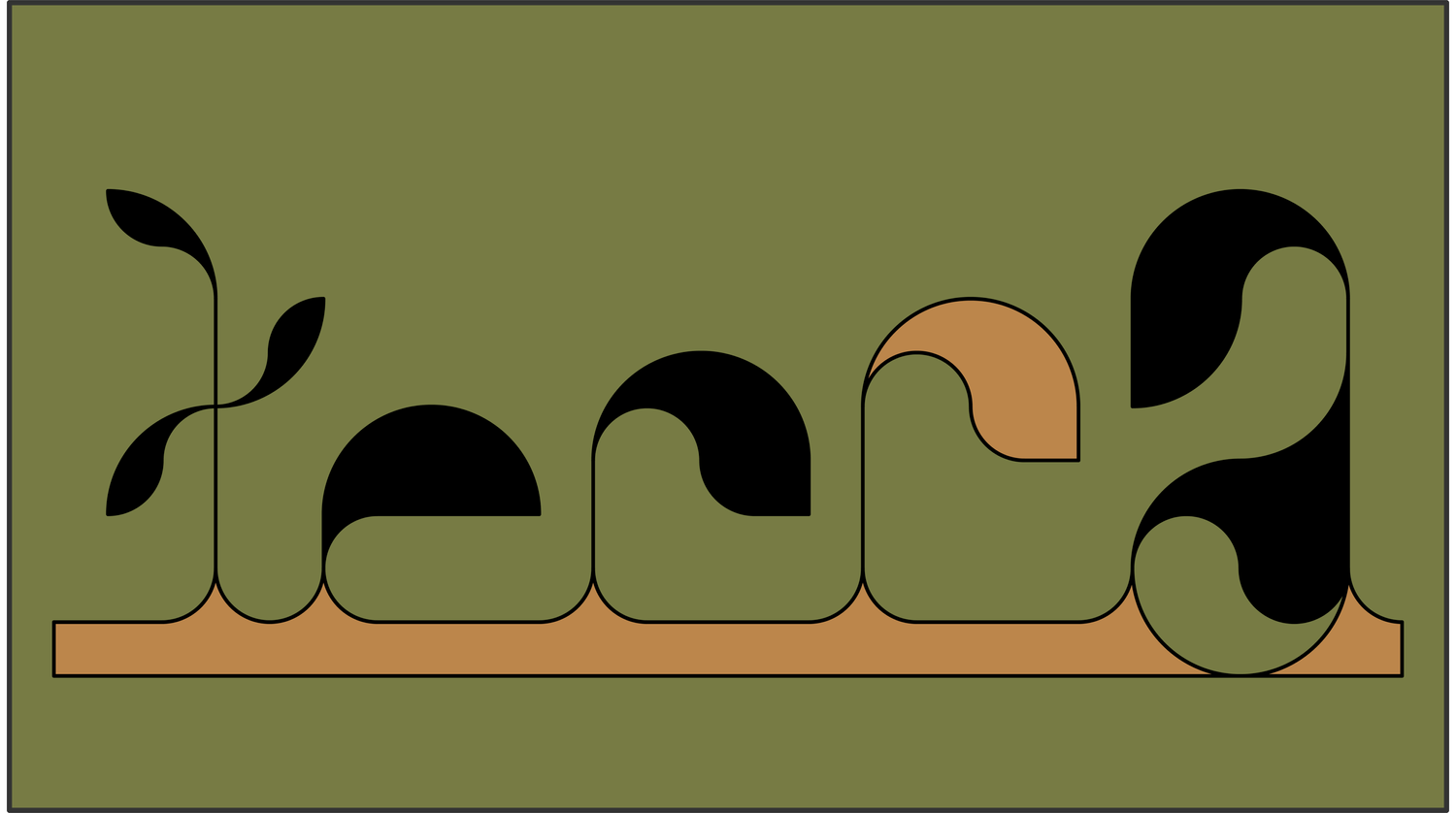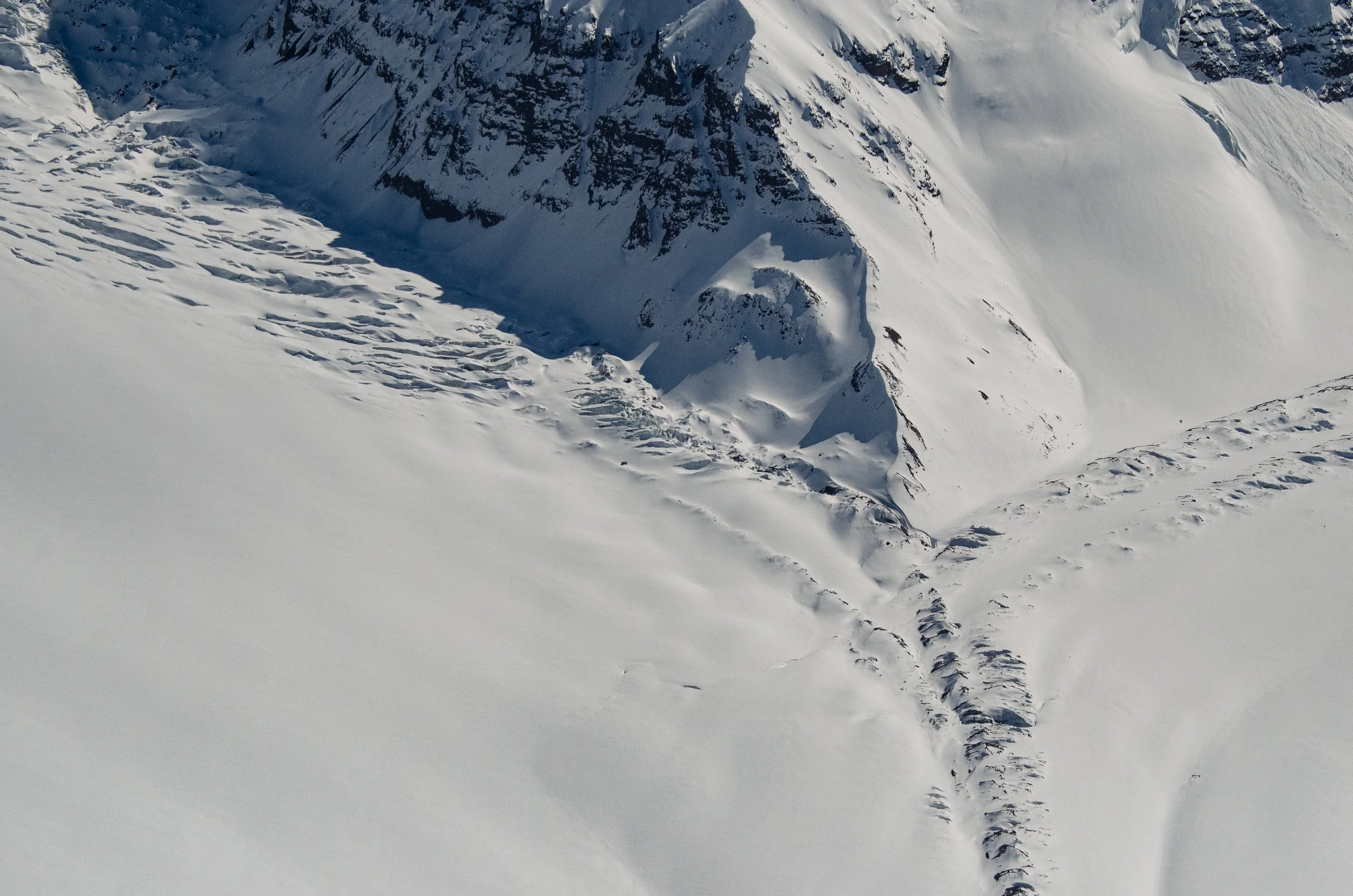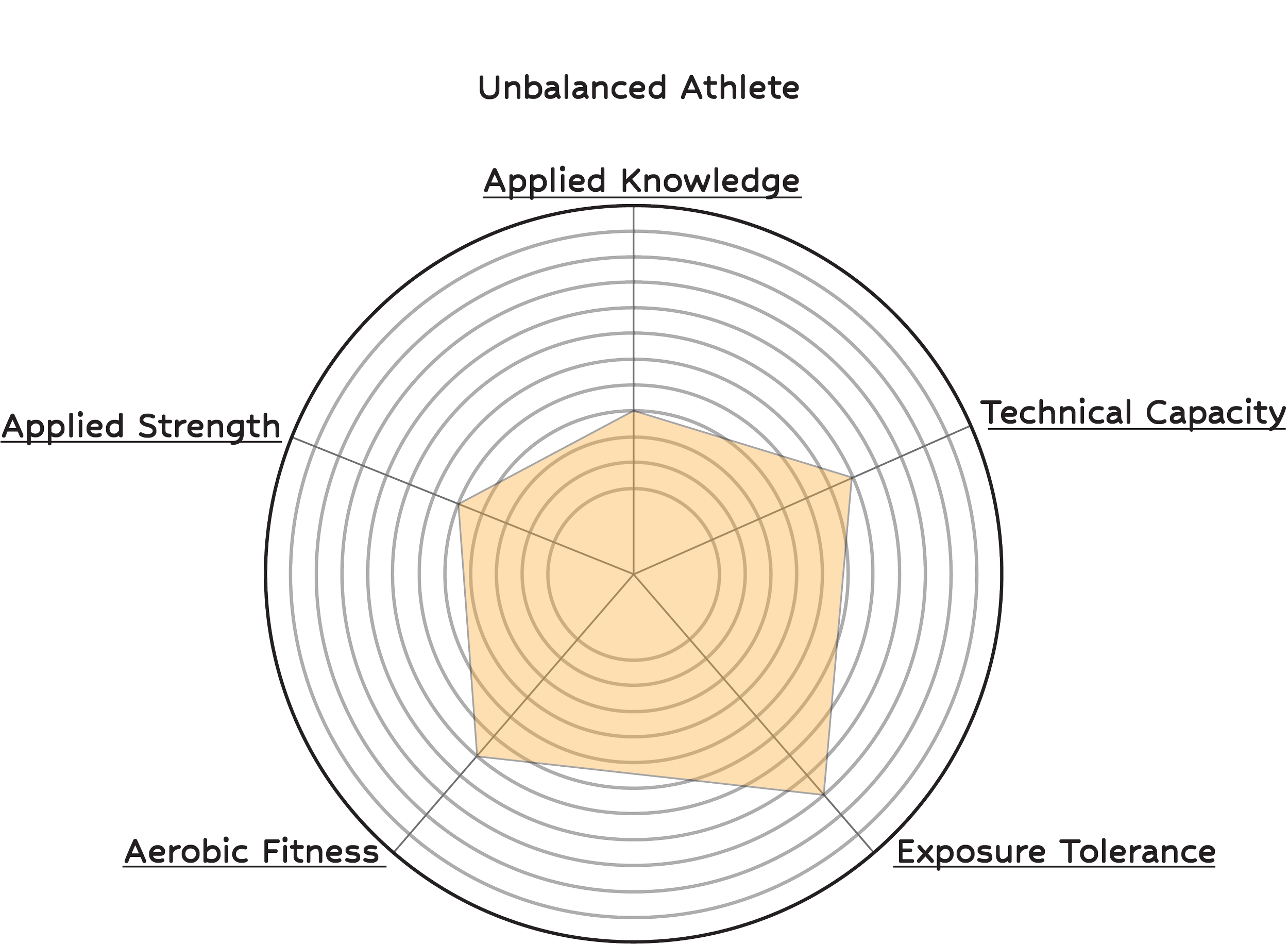Method
Philosophy
Mountains are complex, so the training designed to help you move among them must be nuanced and thoughtful. Pure fitness or pure knowledge will not get you far: intervals aren’t everything, nor is a purely theoretical knowledge of mountains. It’s the coming together of skills, experience and capacities that creates a successful mountain athlete.
As your coach, we’ll analyze your thresholds that pertain to physiology, risk tolerance, intuition, and intellect. From there, we can work together to develop a training plan to maximize the essential thresholds for a given objective.
We’re not working to develop the fittest athlete on a spreadsheet, we’re not working to make you the most well-informed student in the class, we’re working to develop the best mountain athlete you can be – a balanced and diverse human capable of executing in various alpine environments.
** see Paradigm of Thresholds below for a further understanding of the framework.
The Paradigm of Thresholds
The Paradigm of Thresholds is an analytical framework developed by Michael to analyze the strengths and deficits of mountain athletes. Mountain athletics are complex, requiring diverse skill sets within physiology and the mind. The Star of Thresholds offers a baseline understanding of the strengths and weaknesses of a mountain athlete. Different objectives require different threshold standards to maximize. As your coach, we take it as our job to propel the development of respective thresholds for ultimate success in the mountains.
Fitness
The fitness threshold is a physiological threshold that analyzes both the aerobic and anaerobic thresholds within the body. We look at heart rate, pace, and power to implement training programs to maximize fitness for specified objectives.
Knowledge
Mountainous travel is an ever-complex endeavor. As the puzzles grow larger and become more consequential, it becomes ever more crucial to develop the athlete’s capacity to read terrain in real time (snow, ice, and rock), understand weather patterns, objective hazards, and so on. Developing knowledge takes time, practice and patience. It’s important to adopt the Socratic Method in the mountains: a fervent zest for learning that acknowledges innate knowledge, yet also approaches every session with a desire to learn more.
Exposure
One’s threshold for exposure is dynamic and ever changing. It waxes and wanes with time, in and out of exposed scenarios. Just like a physiological training peak, you want to hit your exposure threshold peak near a key objective. Also, like physiology, exposure can be overtrained and result in an overstimulation to risk, resulting in unnecessary fear. Exposure is a balance which we will help you to sustainably and safely increase over time, or when desired.
Technical
The technical threshold ought to be understood in two ways: (1) the technical movement patterns themselves and (2) the capacity to fluidly implement technical movements in mountainous movement. Technical movement patterns refer to climbing ability, mountain running technical efficiency, and steep skiing technical capacity. Technical practices in mountainous movement refers to the areas of roped glacier travel, rope work, anchor building, etc.
Strength
Strength is the ability to produce and absorb force, while power is the ability to do so very quickly. For the purposes of mountain movement, power is important to move explosively such as while scrambling, bounding from rock to rock, or hitting a big jump on skis. Strength meanwhile is absolutely critical in the context of fatigue resistance, or the ability to maintain output across a long and technical endeavor. Strength is durability, and strength maps onto an athlete's capacity to execute powerful and precise movements under fatigue and during stressful moments in the mountains. We help athletes improve and maintain their strength in raw terms and in the context of specific alpine movements




